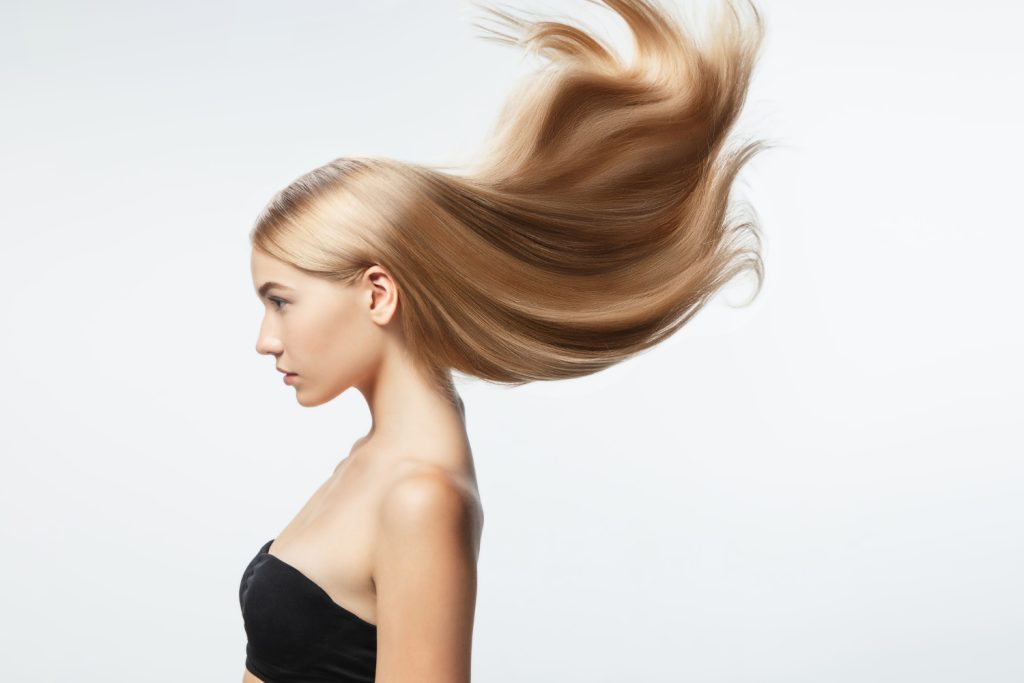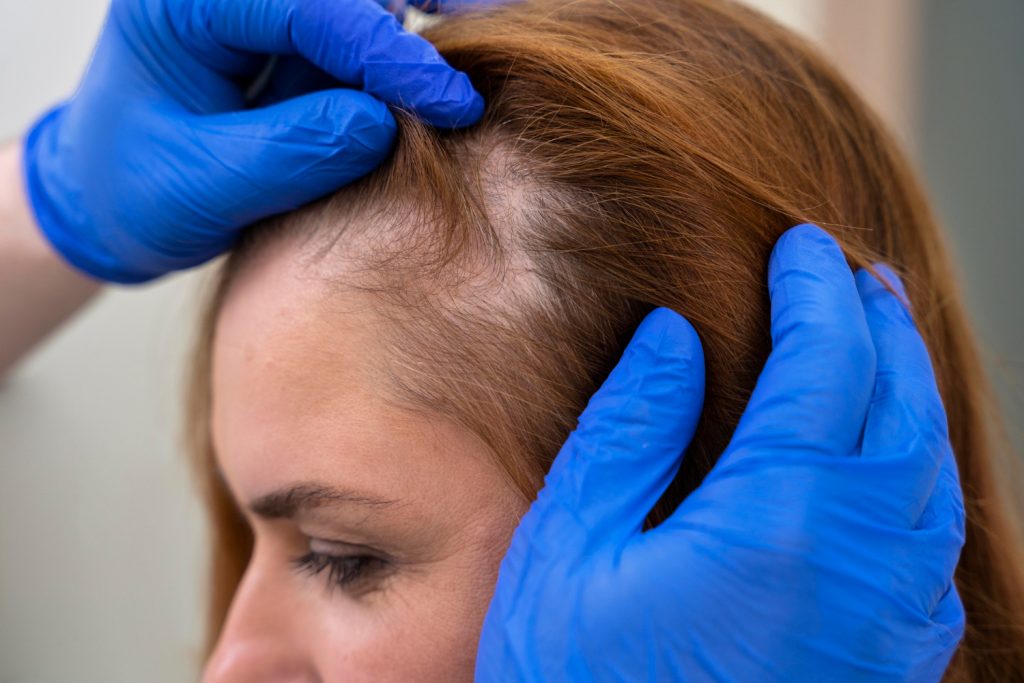
Your hair’s texture isn’t solely determined by your genetics; it’s also significantly influenced by the health of your scalp. Many of us dream of having healthy, lustrous locks, and understanding the relationship between scalp health and hair texture is the key to achieving this. In this article, we’ll delve into the basics of scalp health, explore the various types of hair textures, and uncover the intriguing connection between the two.
A healthy scalp is the foundation for beautiful hair. But what exactly does it entail?
At its core, a healthy scalp is one that maintains a delicate balance of moisture, oil production, and cleanliness. Sebum, the natural oil produced by our sebaceous glands, plays a pivotal role in this balance. It keeps our scalp hydrated and acts as a natural conditioner for our hair. However, an overproduction or underproduction of sebum can lead to scalp issues.
Common issues that can affect scalp health include dandruff, scalp acne, psoriasis, and eczema. These conditions can disrupt the harmony of your scalp, leading to discomfort and, subsequently, affecting your hair texture.

Your hair texture is as unique as your fingerprint, and it’s determined by a combination of genetics and various other factors. Here’s a breakdown of the different hair textures:
In addition to genetics, another crucial factor affecting hair texture is porosity. Hair porosity determines how well your hair can absorb and retain moisture, and it plays a significant role in the overall health and appearance of your hair:
The health of your scalp has a direct and profound impact on the texture of your hair.
A healthy scalp, as mentioned earlier, maintains the right balance of moisture and oil production. When your scalp is in good condition, it provides a nourishing environment for your hair to grow and thrive. This leads to smoother, shinier, and more manageable hair.
Conversely, an unhealthy scalp can lead to a range of issues, including dryness, excessive oiliness, dandruff, and even hair loss. These issues can disrupt the natural growth cycle of your hair, resulting in changes to its texture. For instance, a dry and flaky scalp can lead to brittle and lackluster hair, while an overly oily scalp may result in heavy and greasy hair.
To emphasize the direct link between scalp health and hair texture, consider this: a well-nourished scalp ensures that hair follicles receive the essential nutrients they need to produce healthy strands of hair. When the scalp is compromised, the hair follicles suffer, and the quality of hair they produce can be visibly affected.

Maintaining a healthy scalp is a critical step in ensuring optimal hair texture. To achieve this, various scalp treatments are available to address common scalp issues and promote overall hair health.
While scalp treatments can address specific issues, maintaining overall scalp health is an ongoing process. Here are some practical tips to ensure your scalp stays in great shape:
In conclusion, the relationship between scalp health and hair texture is an undeniable one. A healthy scalp provides the ideal environment for hair growth, ensuring that the strands are strong, vibrant, and beautifully textured. On the other hand, an unhealthy scalp can lead to a range of issues that directly impact the texture of your hair.